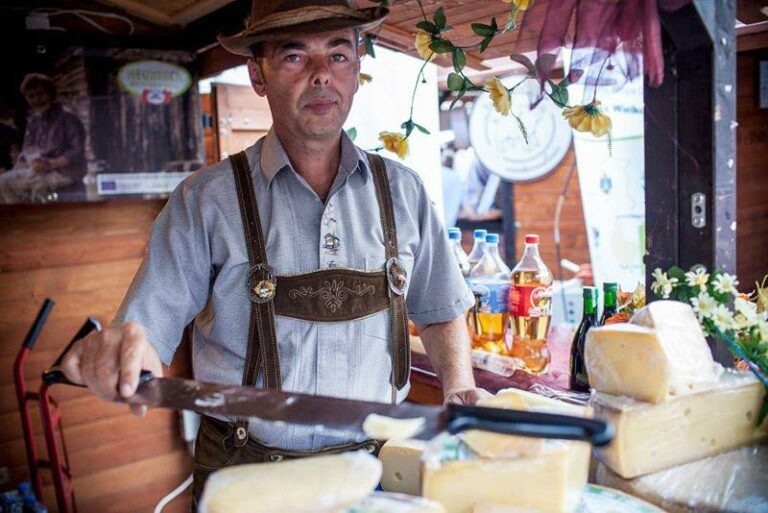Introduction: The melting pot of Polish cuisine
Polish cuisine is a reflection of the country’s rich history, culture, and geography. Over the centuries, Poland has been influenced by its neighbors in Central and Eastern Europe, resulting in a unique culinary tradition that is both diverse and delicious. The fusion of these cuisines has made Polish cuisine a melting pot of flavors and textures.
Central European cuisine and its impact
Central European cuisine, also known as Austro-Hungarian cuisine, has had a significant impact on Polish cuisine. This cuisine is characterized by rich, hearty dishes, often featuring meat, potatoes, and dumplings. Some of the key ingredients used in Central European cuisine, such as sauerkraut and paprika, have also found their way into Polish dishes.
Polish cuisine has also been influenced by the Austrian and Hungarian cuisines, which were brought to Poland by the Habsburg Empire. One of the most popular Polish dishes that has been influenced by Central European cuisine is pierogi, a type of dumpling that is typically filled with meat, cheese, or vegetables. This dish is similar to the Austrian knödel and the Hungarian galuska.
Eastern European cuisine and its impact
Eastern European cuisine, which includes Russian, Ukrainian, and Belarusian cuisine, has also had a significant impact on Polish cuisine. This cuisine is characterized by the use of simple ingredients such as potatoes, cabbage, and beets. Soups are also a staple of Eastern European cuisine, with borscht being one of the most famous.
Polish cuisine has been influenced by Eastern European cuisine in many ways. For example, kapusta, a traditional Polish dish made with sauerkraut, was influenced by the Russian dish, shchi. Additionally, the use of sour cream and dill, which are common ingredients in Eastern European cuisine, can be found in many Polish dishes.
How these cuisines have shaped Polish cuisine
The influence of Central and Eastern European cuisines on Polish cuisine has resulted in a diverse culinary tradition that combines the best of both worlds. The fusion of these cuisines has led to the creation of new dishes as well as the modification of existing ones. For example, the traditional Polish dish, kotlet schabowy, which is similar to a schnitzel, has been influenced by both Central and Eastern European cuisines.
One of the key ways in which these cuisines have shaped Polish cuisine is through the use of herbs and spices. Central European cuisine has introduced paprika and caraway seeds, while Eastern European cuisine has introduced dill and horseradish. The use of these herbs and spices has added depth and complexity to Polish dishes.
Examples of dishes influenced by these cuisines
There are many Polish dishes that have been influenced by Central and Eastern European cuisines. Some of the most famous include pierogi, kotlet schabowy, kapusta, and borscht. Other dishes that have been influenced by these cuisines include gołąbki, a type of stuffed cabbage roll that is similar to the Czech dish, holubky, and kielbasa, a type of sausage that is similar to the Hungarian kolbász.
Conclusion: The evolution of Polish cuisine
In conclusion, Polish cuisine is a result of the country’s rich history and geography. The influence of Central and Eastern European cuisines has played a significant role in shaping the country’s culinary tradition. The fusion of these cuisines has led to a diverse and delicious array of dishes that are beloved by people worldwide. From pierogi to kotlet schabowy, Polish cuisine is a testament to the power of cultural exchange and evolution.



